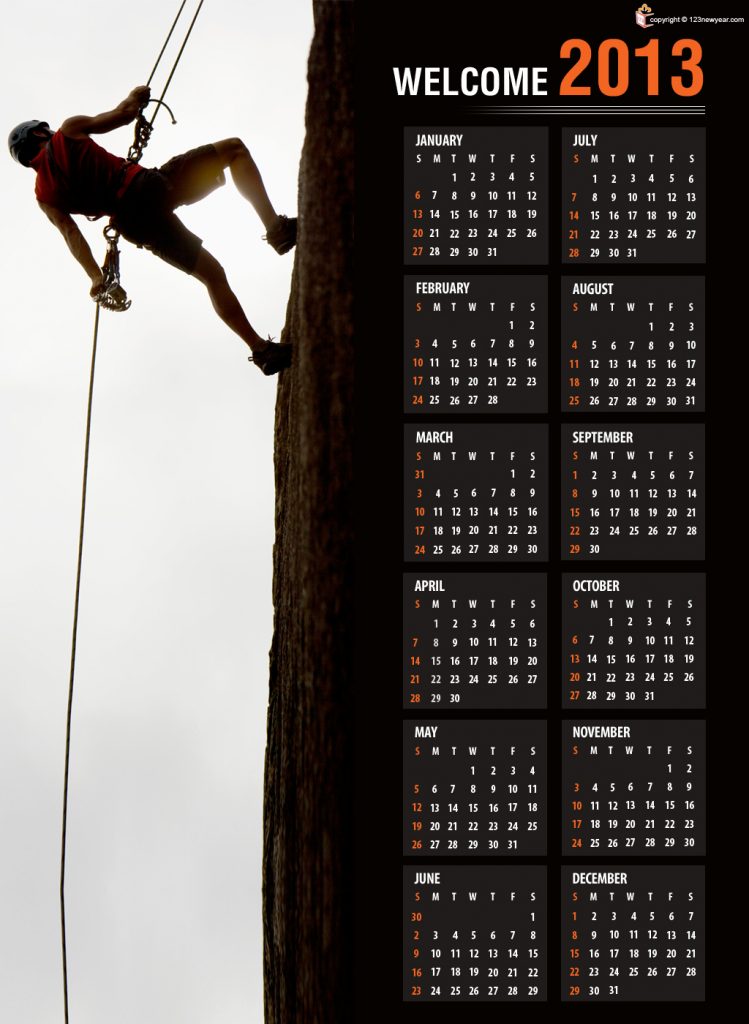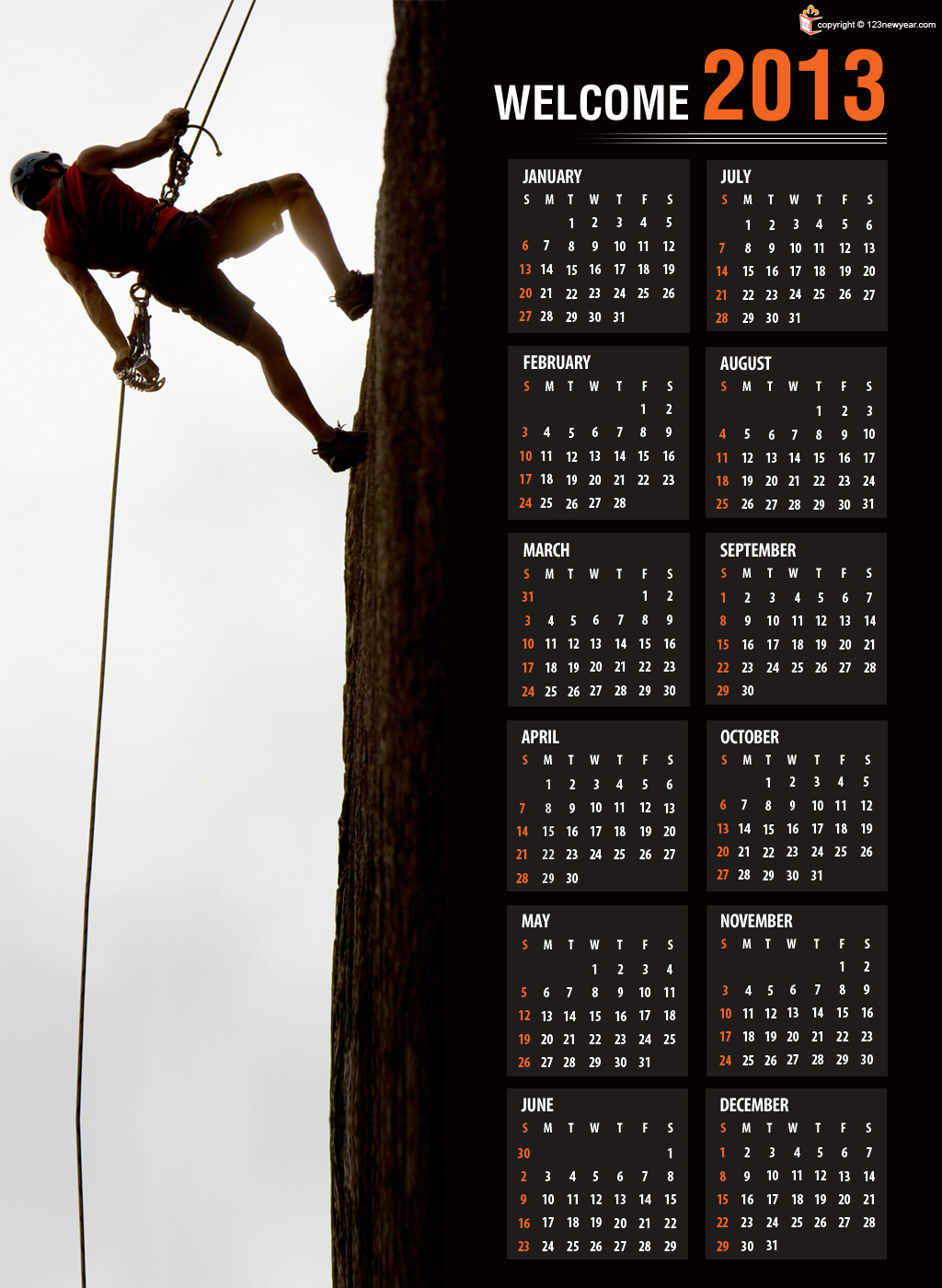 The New Year brings about resolutions to redefine the status quo. It’s usually an individual endeavor focused on fitness, relationships, or finances.
The New Year brings about resolutions to redefine the status quo. It’s usually an individual endeavor focused on fitness, relationships, or finances.
But great things can happen when we apply the catalytic energy of the New Year to our teams and organizations. 2013 represents the ideal time to leapfrog our mental models and innovate our way to business breakthroughs.
Here are four strategies any leader can use to jump-start the New Year with their teams and organizations:
Strategy #1: Define Your “Leapfrogging” Opportunity – promote big thinking that involves challenging assumptions and “changing the game” in whatever you’re doing. It’s all about leapfrogging existing solutions and the competition. Apple didn’t create the iPod because customers asked for it; they wanted it themselves. Target didn’t become “Tar-zjay” by emulating Wal-Mart; they decided to be known for incredible design and become the leader in “cheap chic.” Ask yourself: In what ways are we holding onto the status quo? What are the breakthroughs that we want to create and lead?
Strategy #2: Leverage Data, then Go with Your Gut – When it comes to making resolutions, you instinctively know what you need to do. Breakthrough innovation isn’t much different; there are no maps for uncharted territory. Comprehensive data rarely exist. The goal is to use whatever information you can find, and then apply your instincts to fill in the gaps. A University of Amsterdam research study recently found that people made the best decisions when they actually ignored detailed data and? made quick decisions after “sleeping on it.” Ask yourself: Are we holding back because we’re missing data that can’t realistically be obtained in a workable timeframe? What do we know deep down to be true that data can’t tell us?
Strategy #3: Test the Waters with Your Pinky Toe – Research from the University of Virginia shows that entrepreneurs get their ideas out into market as quickly as possible (even if they’re not perfect), test them, and change their fundamental assumptions as needed. And they’ll go through this same iterative process many times to get it right. The goal is to sponsor and conduct low-risk experiments to test and validate a variety of new opportunities. Using this approach provides room for learning and adapting while minimizing the risk of failure.. Ask yourself: What is the smallest step that would have the greatest impact? What big assumptions can be tested with the least effort or investment?
Strategy #4: Savor Surprise – The unexpected is a natural part of innovation. And in today’s 2013 environment, uncertainty has never been greater. When unanticipated things occur, rather than fight them, listen to what they’re telling you.. The stronger our reaction – either positive or negative – the stronger our assumptions are likely being challenged or reinforced. Scott Cook, Founder of Intuit, credits this unusual mantra of ‘savoring surprise’ as one of the pillars of his company’s long-term success. Ask yourself: What surprises have we experienced that influenced where we are today? What can we do to remain open to the power of surprise when it occurs rather than resist it?
In many ways, “the soft stuff is the hard stuff” when it comes to challenging existing assumptions, processes, and ways of working. And these strategies must be applied over time, through a journey that involves experimentation, setbacks and successes. 2013 is the year to recognize that anyone who’s willing to push through to the other side of the status quo can become an innovation leader.
This post will also be published in LDRLB (Leader Lab) and Innovation Excellence
